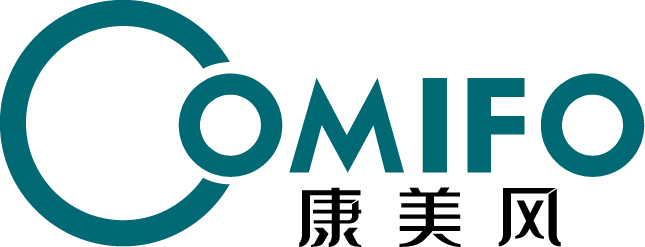The Current State of the Axial Fan Industry
2021-11-09
I. Market Size and Growth
• Global Landscape
Global sales reached 19.5 billion yuan in 2023 and are projected to rise to 25.8 billion yuan by 2030, reflecting a compound annual growth rate of 4.0%.
Regional Distribution: The Asia-Pacific region accounts for 35% of the share (the largest market), while Europe and North America together make up 45%.
• Domestic Production Capacity
Production Breakthrough: Production reached 3.1046 million units in 2022, with an anticipated increase to 3.7254 million units by 2025.
Production value: In 2022, the output reached 4.728 billion yuan, with the smart manufacturing transformation driving annual growth exceeding 18%.
II. Technological Upgrades and Innovation
| Technical Direction | Breakthrough progress | Application Cases |
|---|---|---|
| High-efficiency motor | EC (Electronic Commutation) motors have a 60% adoption rate, with energy consumption reduced by 40%. | Langwei 900mm EC Axial Fan (380V Industrial Grade) |
| Smart Control | IoT Remote Monitoring + Precise Airflow Adjustment (Accuracy < ±2%) | Smart Building Ventilation System |
III. Demand in Core Application Areas
• Industry-driven (accounting for 65% of total demand)
Mine Application: 3150kW Explosion-Proof Axial Fan for Deep Wells Boosts Return Air Efficiency by 104%
Power Chemicals: High-pressure models exceeding 10 kPa for transformer cooling/waste gas treatment
• Emerging growth areas
New energy infrastructure: The wind turbine tower and foundation pile market is valued at 62.9 billion yuan, growing by 18% annually.
Specialized applications: DC centrifugal fans for medical equipment, cooling systems for new-energy vehicles
IV. Industry Challenges and Policy Constraints
• Pain Point Analysis
Homogeneous Competition: Small and Medium-Sized Manufacturers Face Low Technological Barriers, While Price Wars Squeeze Profit Margins.
Standard Upgrade: GB 15930-2024 Mandates Fire-Fighting Smoke Exhaust Fans to Withstand High Temperatures of 280°C
• Policy-driven
Dual Carbon Goals: By 2025, the installed capacity target for onshore and offshore wind power is 115 GW (with policy subsidies accelerating implementation).
New Energy Efficiency Regulations: Motor Systems Mandatorily Match Quadratic Torque Characteristics, Phasing Out Inefficient Models
V. Future Trends
Global Expansion: Domestic Manufacturers See Overseas Orders Surge by 112% (e.g., Sany Renewable Energy's Wind Turbine Equipment Exports)
Intelligent Integration: By 2030, 70% of axial fans will support AI-based fault diagnosis and adaptive voltage regulation.
Green Manufacturing: Full-Lifecycle Carbon Footprint Tracking Becomes a Mandatory Certification Standard for Exports
Previous post:
Next:







